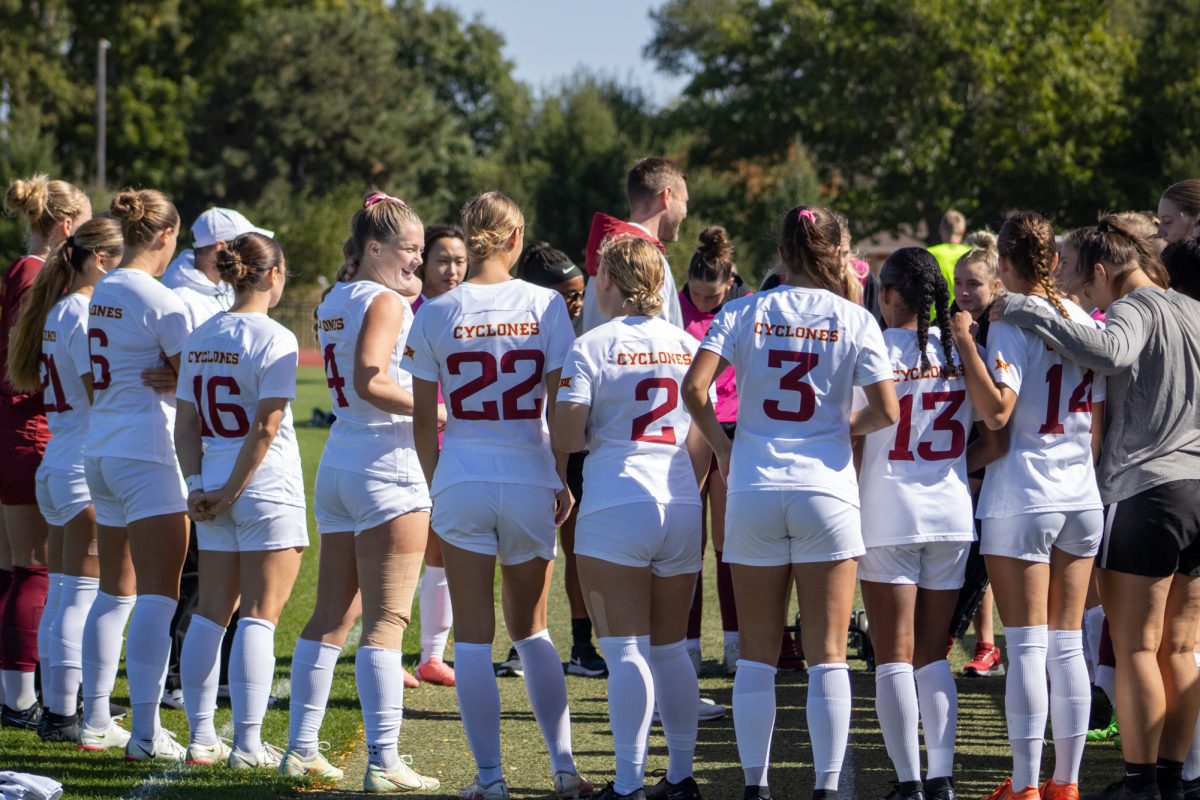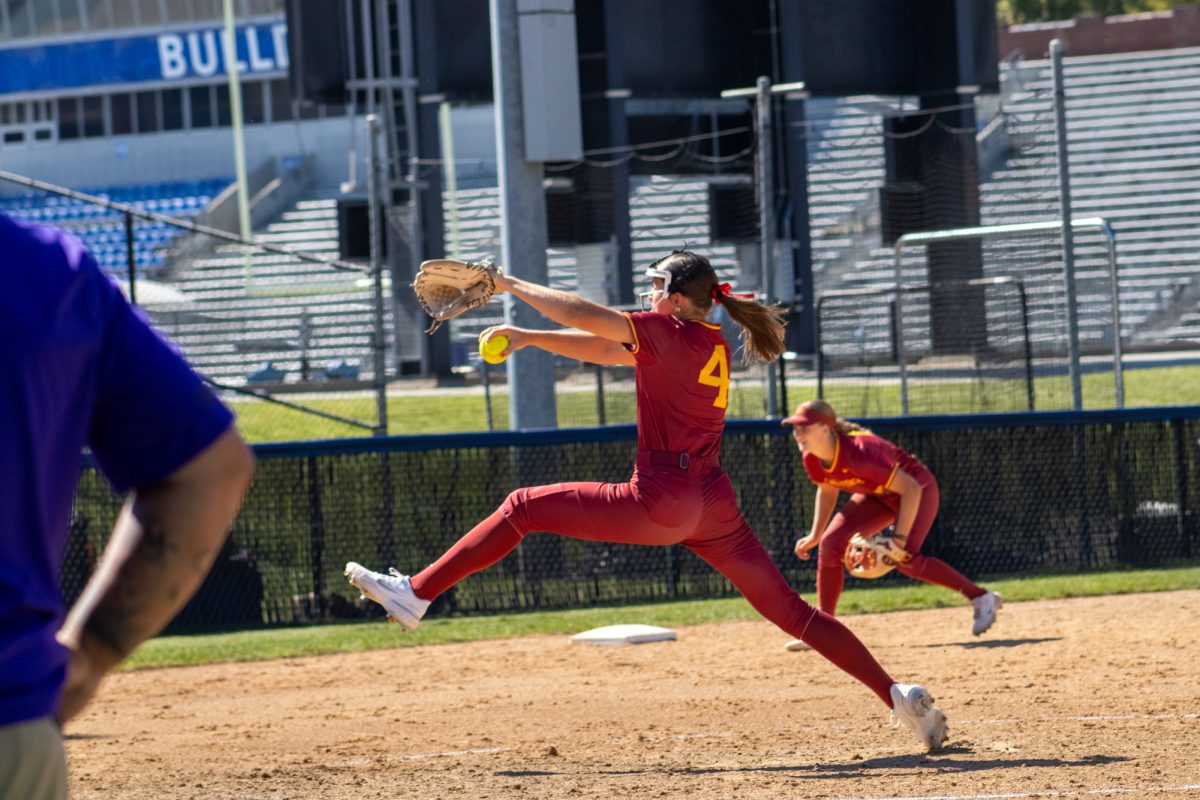Task force discusses role of Veishea based on past reports
May 8, 2014
The Veishea Task Force met May 8 to discuss the two open forums this past week and to review the 1992 task force’s report.
“I was really struck,” said Tom Hill, senior vice president of student affairs. “The more I read, the more I thought, ‘Been there, done that.’”
Hill felt that the 1992 report reflected the exact same thoughts and discussions that had occurred in response to the 2014 disturbance.
Sarah Cady, representative of the College Creek Neighborhood Association, made the point that even if the official Veishea event were canceled, there could still be unmanageable issues regarding student housing in neighborhoods and the large parties that would most likely continue to take place.
Michael Owen, Faculty Senate representative, also expressed concerns that it would be impossible to revert Veishea back to its original form as university and student culture has changed dramatically.
“I think there needs to be a more concerted effort to bring the educational aspect back to Veishea,” Owen said. “It’s never going to be the way it was, but it can be more than what it has been.”
Hillary Kletscher, Government of the Student Body president, discussed the party atmosphere that she believes has taken hold of Veishea. Kletscher said that while the average student associated Veishea with partying, canceling the event would not stop them.
“We can do entertainment for students, but that’s different from saying who we are as a university,” Kletscher said.
Kletscher also added that the responsibility of security and policing off-campus parties had unduly fallen upon the student-run Veishea Executive Board despite past task forces’ recommendations that the students solely handle the official events.
Several members expressed concerns that the departments and colleges do not have the resources or time to devote to the event.
Hill pointed out that the 1992 task force’s major two points were to “restructure the goals and purposes of Veishea” and “restructure the Veishea organization.”
Owen expressed concern with the second point, and Paul Tanaka, university counsel, made the point that it would be difficult and potentially dangerous to be sending students to monitor off-campus parties and events.
Chris Nelson, Ames City Council member, asked the task force, “Is it a Veishea discussion or a university discussion to minimize the risk?”
Barbara Pleasants pointed out that many forum-goers had said there needed to be harsher punishments for participation in riots, including for events outside of Veishea.
Another prevention tactic discussed centered on precautionary emails to students.
Karl Kerns, 2014 Veishea committee general co-chairman, made note that emails used to be sent out prior to Veishea telling students what the repercussions were for participating in riots.
“However, those emails have not been sent out the past two years,” Kerns said.
Owen was also concerned if the city was sending mixed signals regarding how such matters were being handled during football games versus during Veishea. He wondered if the city in general was subconsciously more passive on the drinking and partying culture of major sporting events but too assertive during Veishea.
The task force reviewed a presentation on Veishea history and the past incidents that have marred its image. Chuck Cychosz, chief of the Ames Police Department, discussed extensively the details behind the various events.
Cychosz also detailed a list of preparations that the city of Ames and Ames Police do for Veishea, including a “17-point plan” that they review prior to the week of Veishea. He then went into great detail regarding the events during the 2014 riot.
“It took the wind out of their sails,” Cychosz said, referring to the crowd’s quick realization of the student injury. “What seemed like fun one minute suddenly changed.”
Cychosz also pointed out that police officers didn’t use the legal language when addressing crowd members but instead spoke more colloquially to get them to go home.
Cychosz commended the university and student body’s reactions to the incident, thanking them for their outcry against the rioters’ actions and their assistance in continued peacekeeping throughout the week.
“We can’t paint everyone with the same brush,” Cychosz said. “I think there was a fair amount of shared remorse among those who [were in the riot]. Again, being there is not a crime.”
For more information, to watch past open forums and to watch past task force meetings, you can visit veisheataskforce.iastate.edu or contact the task force via veisheataskforce@iastate.edu.






